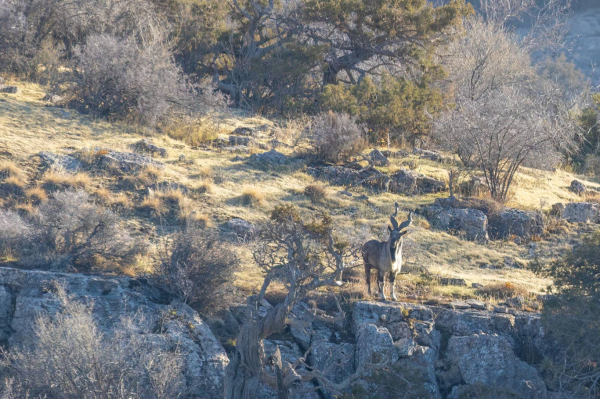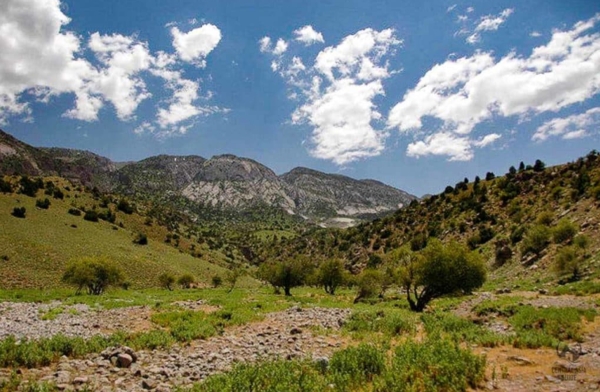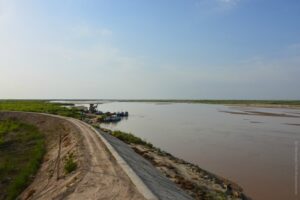Koytendag State Nature Reserve, nestled in eastern Turkmenistan near the borders of Uzbekistan and Afghanistan, is renowned for its breathtaking landscapes. The area boasts limestone canyons, grassy plateaus, pistachio trees, juniper forests, and rich biodiversity, including vultures, lynx, and markhor—wild goats famous for their corkscrew horns. The reserve also features dinosaur footprints and an extensive cave system stretching three kilometers underground.

Spanning about 27,000 hectares, the Koytendag reserve is part of a broader conservation area proposed for UNESCO World Heritage status, totaling 122,000 hectares. This region, which includes Turkmenistan’s highest peak, Ayrybaba at 3,137 meters, faces challenges such as agricultural encroachment, illegal hunting, and unregulated tourism. With around 50,000 residents living in the area, conservationists are evaluating the potential of Koytendag and its surroundings to meet UNESCO’s rigorous criteria.
In a strategic move, Turkmenistan is pursuing a “transnational nomination” that would link Koytendag with Uzbekistan’s Surkhan State Nature Reserve. This collaboration aims to facilitate wildlife movement between the reserves and enhance conservation efforts.
UNESCO highlights Koytendag’s unique geological features, distinguishing it from other mountainous reserves in Central Asia, such as Chatkal in Uzbekistan, Aksu-Dzhabagly in Kazakhstan, and Sary-Chelek in Kyrgyzstan. Turkmenistan’s protected areas cover 4.38% of the country, including mountain, desert, and marine ecosystems, amounting to over 2,150,000 hectares.

International support is crucial for Koytendag’s conservation. Conservation X Labs (CXL) has equipped Turkmen rangers with new field uniforms and rugged Blackview phones loaded with SMART conservation technology. This technology helps rangers collect, analyze, and report data more effectively. The Critical Ecosystem Partnership Fund has contributed to various conservation projects, including the protection of pistachio orchards, improving water supply, and educating local communities.
Last year, a weeklong field mission involved both national and international conservationists who surveyed local flora and fauna and engaged with local communities about sustainable practices. The mission revealed job scarcity in the villages, with increasing demand for shepherding.
Interest in Koytendag’s cave systems remains high, with recent visits by researchers from the French Federation of Speleology building on extensive past expeditions.
Efforts continue as Turkmenistan strives to secure UNESCO status for Koytendag, aiming to preserve its unique natural heritage and foster greater international cooperation in conservation.



